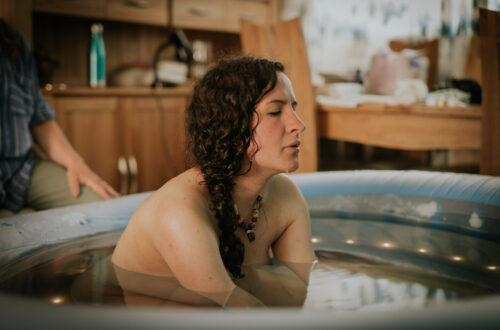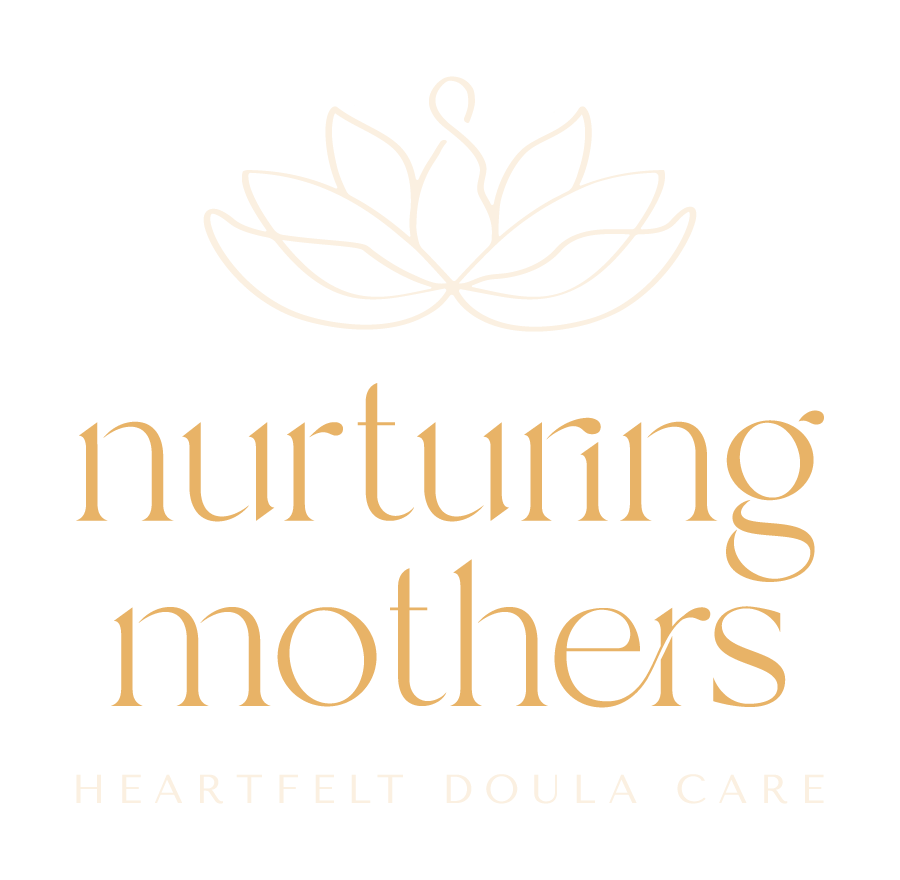
Umbilical Cord Ties: A Guide
As a doula, I am often asked about the various options available to new parents during the birthing process. One question that has been popping up more frequently is about the choice between umbilical cord clamps and ties. Today, I want to shed some light on this topic and discuss the benefits of umbilical cord ties over clamps. But what exactly are umbilical cord ties? Let’s dive into this topic and explore this option a little more.
WHAT ARE UMBILICAL CORD TIES
Umbilical cord ties are an alternative to the conventional plastic clamps used when cutting the baby’s umbilical cord. The ties are usually made of cotton, silk, or bamboo yarn, and crocheted in all colours and unique designs. The use of cord ties has gained popularity recently as they are considered more comfortable and less intrusive than clamps for both parents and babies.
BENEFITS OF UMBILICAL CORD TIES
There are several benefits associated with the use of umbilical cord ties.
- Comfort: Cord ties are significantly softer and less bulky than plastic clamps. This can make a big difference in the comfort of your newborn, and it also allows more comfortable skin to skin time for everyone involved.
- Aesthetics: Many parents prefer the look of cord ties to clamps. As mentioned, they come in a variety of colours and designs, allowing you to choose one that suits your personal taste. Some parents even choose to keep the tie as a keepsake after the cord falls off.
- Environmentally Friendly: Cord ties are typically made from natural, biodegradable materials, making them a more eco-friendly choice than plastic clamps.
- Ease of Nappy Changes: The bulkiness of a clamp can make nappy changes a bit tricky. A cord tie is much less obtrusive, making it easier for you to change your baby’s nappy without discomfort or difficulty.
ARE THEY SAFE?
While cord ties offer several benefits, it’s important to ensure they are used safely. The tie should be kept clean and dry to avoid infections. The stump should also be monitored closely for any signs of infection like redness, swelling, or foul-smelling discharge. It’s also worth noting that not all healthcare providers are familiar with cord ties, so if you’re opting for using one then you might wish to learn how to tie an umbilical cord tie yourselves before the birth.
If you’d feel safer by sterilising your cord tie in advance of the birth, then you can do so by putting it in a pot of boiling water for 10 min, and then handle it with washed hands or sterilised tongs. Once dry, you can store it in a freezer bag. It’s also important to ensure your cord tie is kept safe until the birth, in a place where it can’t get damp or dirty.
IN SUMMARY
The choice between a traditional clamp and an umbilical cord tie is a personal one and depends on various factors such as comfort, sustainability, and your preferences. With the right information and precautions, umbilical cord ties can be a safe, eco-friendly, and comfortable alternative to plastic clamps. As with every aspect of parenting, the key lies in making an informed decision that you feel comfortable and happy with. As a doula, I am here to provide you with the information you need to make the best choice for your family.
Get an Umbilical Cord from Me
If you’d like to use an umbilical cord tie, you can get one from me here.
You May Also Like

What’s a doula and why have one?
May 9, 2019
Doulas in a time of Social Distancing
April 8, 2020


